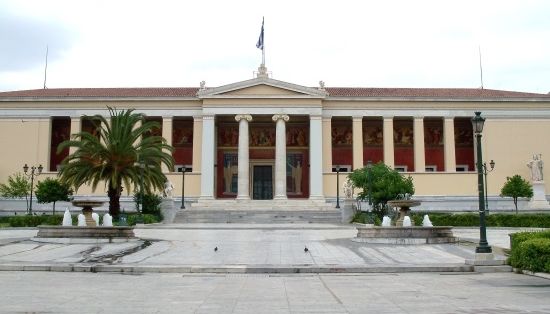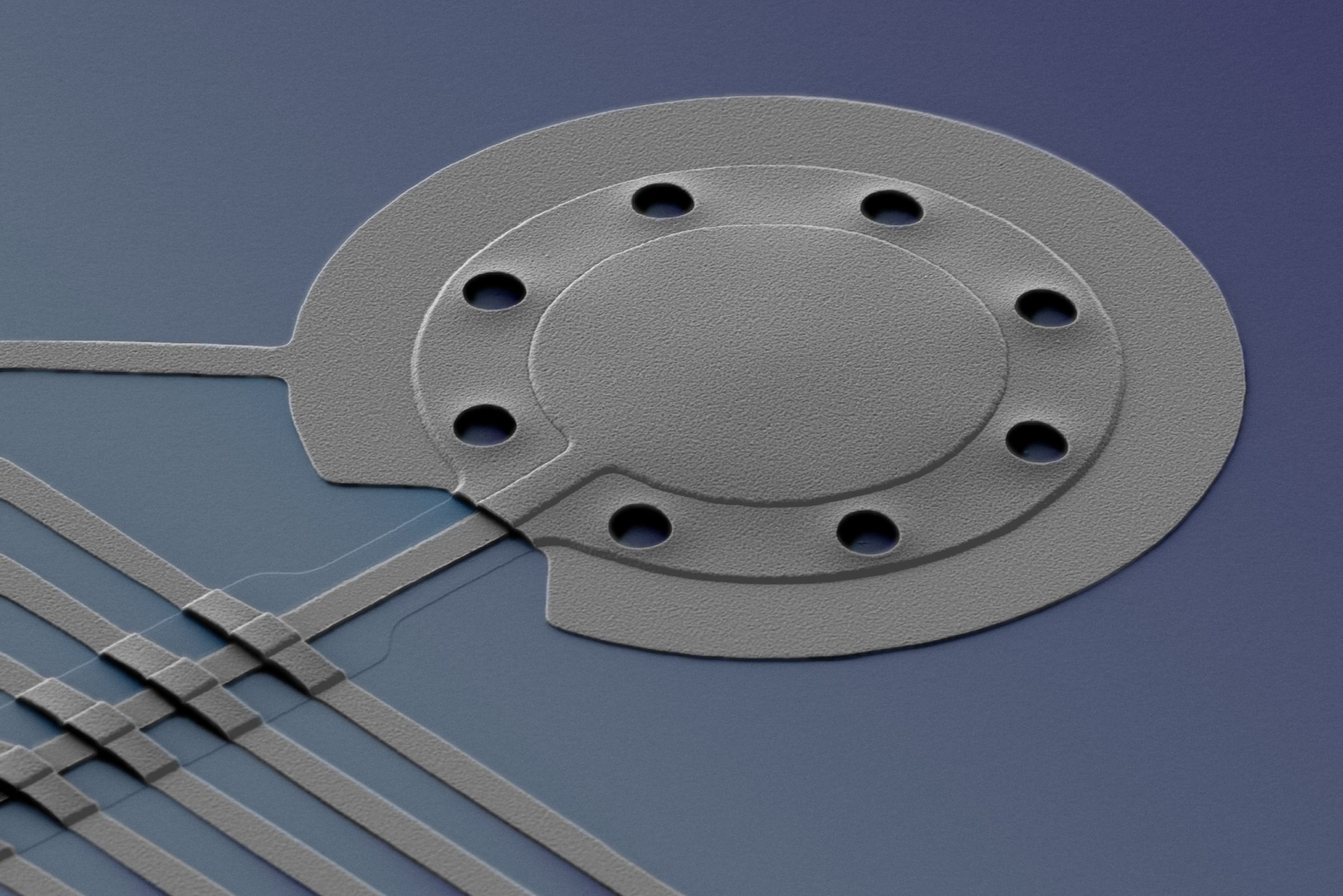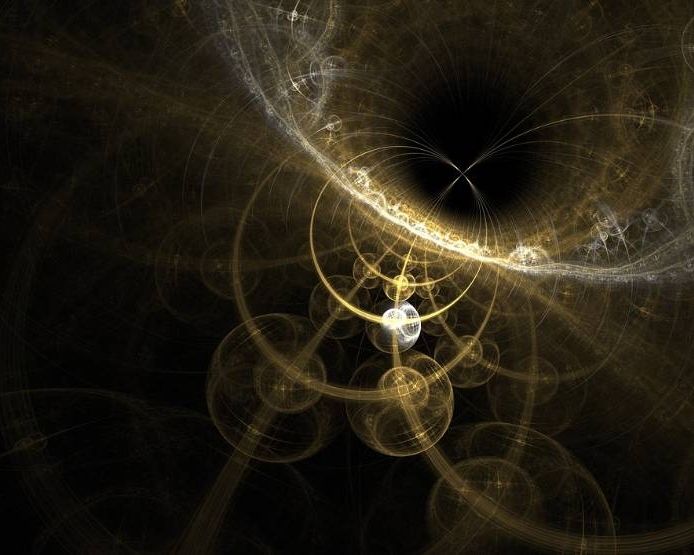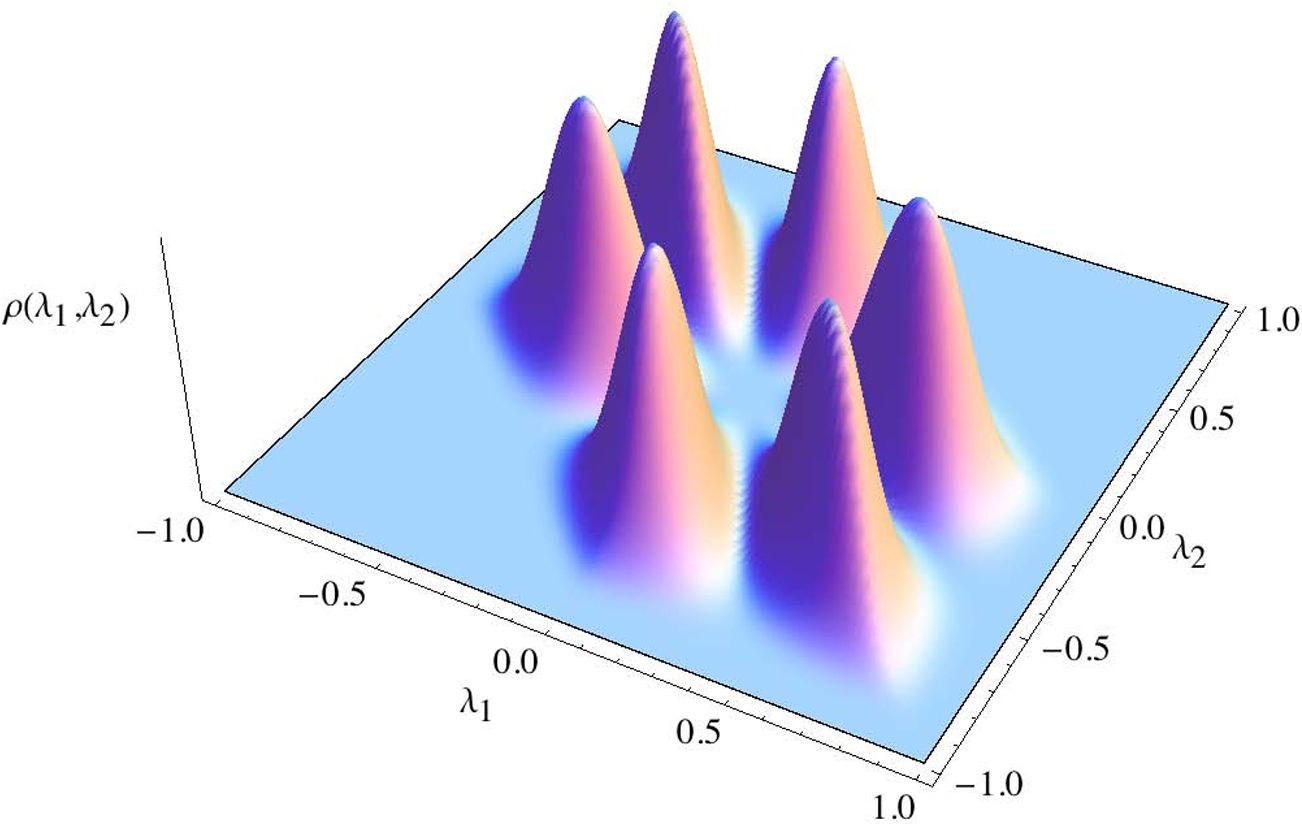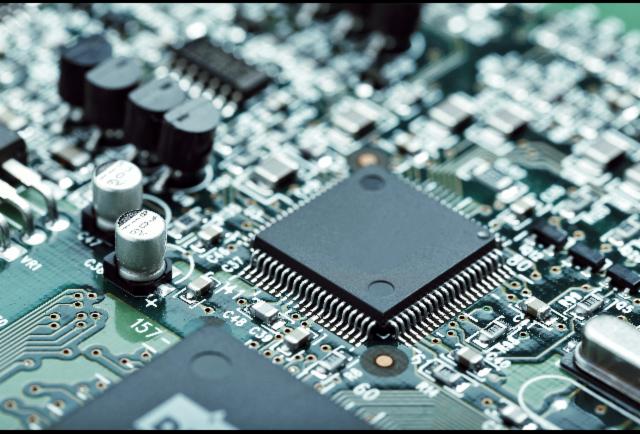Archive for the ‘quantum physics’ category: Page 715
Jan 12, 2017
Next-Gen Computing Game Changers: Quantum Computers And Beyond
Posted by Karen Hurst in categories: computing, quantum physics
Although this was published last week; I got a request to share again for those who missed it.
While “product-market fit” may have become the mantra for many tech companies and investors, we believe there are still plenty of companies out there with their eyes set on building true game-changing technologies. In our Game Changers report, we identified 8 categories of innovation that could have the greatest impact on how we live. Among these is next-gen computing — specifically, quantum computers and DNA data-writing technologies, which have the potential to fast-track innovation across industries.
Quantum computers can solve real-world problems much faster than traditional computers — and their capacity is only increasing. Meanwhile, using synthetic DNA to store vastly more data than a typical chip has the potential to revolutionize computers’ memory capacity.
Continue reading “Next-Gen Computing Game Changers: Quantum Computers And Beyond” »
Jan 12, 2017
Greek scientists create artificial neuron with quantum-dot lasers
Posted by Karen Hurst in categories: biological, quantum physics, robotics/AI
Syn. Neurons via Q-Dot Laser. Nice.
Greek researchers working at the National and Kapodistrian University of Athens (EKPA) optical communication photonic technology laboratory have developed an artificial “neuron” that simulates fundamental functions of the human brain, at speeds that are many orders of magnitude higher.
A paper on the new breakthrough made by the Greek team, led by Prof. Dimitris Syvridis with Dr. Charis Mesaritakis as main researcher and with Alexandros Kapsalis and Adonis Bogris listed as authors, was published in the “Scientific Reports” section of the science journal “Nature” on December 19.
Continue reading “Greek scientists create artificial neuron with quantum-dot lasers” »
Jan 12, 2017
New Cooling Technique Could Aid Development Of Quantum Computers
Posted by Karen Hurst in categories: computing, particle physics, quantum physics
Nice.
A sophisticated cooling technique — using lasers to cool individual atoms — was demonstrated at the National Institute of Standards in Technology in 1978, and is now used in a wide array of precise applications, such as atomic clocks. Using the same principle, NIST physicists have now “cooled a mechanical object to a temperature lower than previously thought possible,” passing the so-called “quantum limit” which imposes limits on accuracy for quantum scale measurements.
Described in a paper titled “Sideband cooling beyond the quantum backaction limit with squeezed light,” published Thursday in the journal Nature, the technique could theoretically be used to cool objects to absolute zero, when matter exhibits almost no energy or motion.
Continue reading “New Cooling Technique Could Aid Development Of Quantum Computers” »
Jan 12, 2017
D-Wave goes public with open-source quantum-classical hybrid software
Posted by Karen Hurst in categories: computing, quantum physics
Nice job Geordie and Vern.
Search the universe with qbsolv
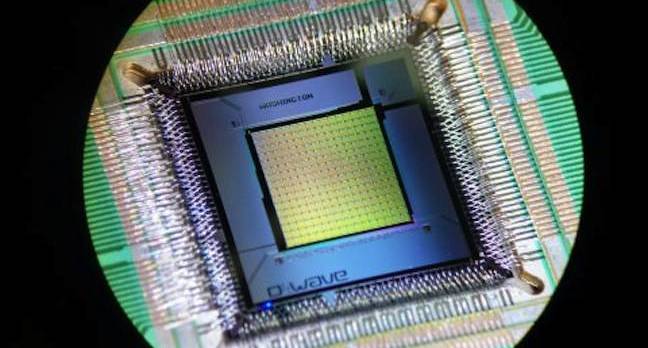
Continue reading “D-Wave goes public with open-source quantum-classical hybrid software” »
Jan 12, 2017
Semiconductor nanopyramids for building high-yield quantum photonic devices
Posted by Karen Hurst in categories: computing, particle physics, quantum physics
Novel structures exhibit highly directional emission and provide a template for site-controlled quantum dots and self-aligned nanophotonic cavities.
![]()
Semiconductor quantum dots (QDs) are thought to be a promising candidate for a single-quantum emitter in on-chip systems because of their well-developed growth and fabrication techniques. Semiconductor QDs, however, have a number of inherent limitations that need to be overcome before they can be used in practical applications. For example, QDs in semiconductors are strongly affected by elements (e.g., phonons) in the surrounding environment, which results in short nonradiative decay times and rapid dephasing processes. Despite the high intrinsic radiative decay rates of semiconductor QDs compared with those of other single-quantum emitters (such as atoms and ions), the radiative decay rate needs to be further increased so that these fast nonradiative and dephasing processes can be overcome. Furthermore, the collection efficiency of the light that is emitted from conventional QDs embedded in a high-index planar substrate is typically low (about 4%).
Continue reading “Semiconductor nanopyramids for building high-yield quantum photonic devices” »
Jan 12, 2017
Was Einstein Right, Is Time Travel Possible? Scientists Tested it
Posted by Karen Hurst in categories: particle physics, quantum physics, time travel
The University of Queensland Australia has done subsequent studies on time travel, its possibility aspects, and components. According to in-depth studies from the University, time travel is a possibility. The scientists used single particles of light photons to simulate quantum particles that travel through time. The study indicated that modern physics has strange aspects that were explained by Professor Timothy Ralph. Quantum particles are made up of fuzzy or uncertain components that make it possible for them to wiggle around and thus avoid inconsistent time travel situations. Therefore, nature behaves differently making the impossible possible.
Jan 10, 2017
Microsoft looks to tap quasiparticles to bring about a scalable quantum computer
Posted by Karen Hurst in categories: computing, engineering, quantum physics
Microsoft has been on a quest to build the holy grail of computers for over a decade, dumping tons of money into researching quantum computing and the company says they are ready to transition over to the engineering phase of their endeavor. At least that’s what MS executive Todd Holmdahl aims to accomplish by developing the hardware and software to do so.
Jan 10, 2017
Image of the Week: Multi-lobe probability density function
Posted by Karen Hurst in category: quantum physics
How do 2 random mix Quantum States look like in a graphics image? Pretty.
Today’s Image of the Week comes from a study of The difference between two random mixed quantum states: exact and asymptotic spectral analysis from the Universidad de los Andes and ETH Zürich. In this recent JPhysA paper, José Mejía, Camilo Zapata and Alonso Botero investigate the spectral statistics of the difference of two density matrices, each of which is independently obtained by partially tracing a random bipartite pure quantum state. Their results make it possible to quantify the typical asymptotic distance between the two random mixed states using various distance measures.
Jan 10, 2017
10 Powerful Examples Of Artificial Intelligence In Use Today
Posted by Karen Hurst in categories: information science, life extension, quantum physics, robotics/AI
Not sure where the author got his messaging on AI and QC (namely AI more fluid and human like due to QC); but it sounds a lot like my words. However, there is one lost piece to the AI story even with QC to make AI more human like and that is when you have Synbio involved in the mix. In fact I can not wait to see what my friend Alex Zhavoronkov and his team does with QC in his anti-aging work. I expect to see many great things with QC, AI, and Synbio together.
Nonetheless, I am glad to see others also seeing the capability that many of us do see.
Applications of Artificial Intelligence In Use Today
Continue reading “10 Powerful Examples Of Artificial Intelligence In Use Today” »


